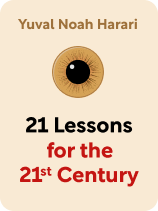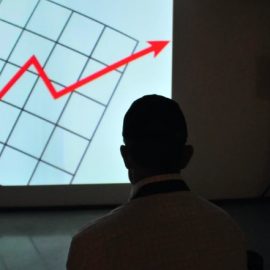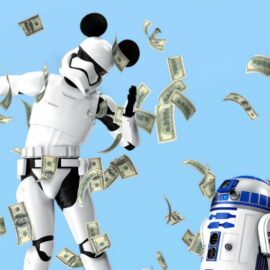

This article is an excerpt from the Shortform book guide to "21 Lessons for the 21st Century" by Yuval Noah Harari. Shortform has the world's best summaries and analyses of books you should be reading.
Like this article? Sign up for a free trial here .
What is a useless class? Is the emergence of a useless class an inevitable consequence of advances in technology?
In his book 21 Lessons for the 21st Century, Yuval Harari makes a point that advances in technology, specifically AI, are likely to lead to the creation of a useless class, much like mass industrialization created the working class. And although the AI will create new jobs, it’s likely that there will still be a net loss in employment, creating a useless class of unskilled workers.
Keep reading to learn about the rise of useless class and what can be done to tackle it.
The Emergence of the Useless Class
The rise of technology and globalization brought speculation that equality would increase among people all over the world, but the opposite is happening: A small class of the tech elite possesses a huge portion of the world’s wealth, while billions struggle in poverty. If AI creates a useless class, the gap will widen further.
Although AI has the potential to eliminate many jobs, it can also create or shift work in three ways:
- Integrating the technology will create jobs related to its use. For example, if human pilots are replaced by drones, the change will create a need for people to maintain the drones, pilot them, and ensure that they aren’t hacked.
- The money saved in payroll can go toward funding research and innovation. For example, in the medical field, if AI doctors begin diagnosing patients, human doctors and lab assistants can research diseases and develop new treatments.
- In some fields, human workers can team up with computers to perform better than either could do individually.
Despite these possibilities, it’s likely that there will still be a net loss in employment, creating a “useless class” of economically irrelevant workers. Some workers will be able to get training in a new set of skills, but technology will continue to change so rapidly that those new skills could also become obsolete a decade later. Even in fields that introduce human-computer teams, the computers may eventually perform so well that they no longer need their human partners. This volatility in the job market presents its own challenges, such as:
- Making it difficult to unionize and establish labor rights
- Causing stress for workers who face a never-ending cycle of training for jobs that soon become automated
Faced with the possibility of a useless class, there are a few possible routes that the government can take:
- Step in and slow the adoption of technology and automation. Just because a technology exists doesn’t mean that it has to be used—even if it could increase efficiency and profits.
- Create new jobs. However, this approach requires the government to subsidize workers’ extended education and training, and to create a safety net for workers’ transitional periods between jobs.
- Develop systems to cope with inevitable unemployment in the AI-automated world.

———End of Preview———
Like what you just read? Read the rest of the world's best book summary and analysis of Yuval Noah Harari's "21 Lessons for the 21st Century" at Shortform .
Here's what you'll find in our full 21 Lessons for the 21st Century summary :
- What the unique challenges of the 21st century are and will be
- Why religion can't solve these 21st-century challenges
- How algorithms like Netflix recommendations are teaching you not to trust yourself






